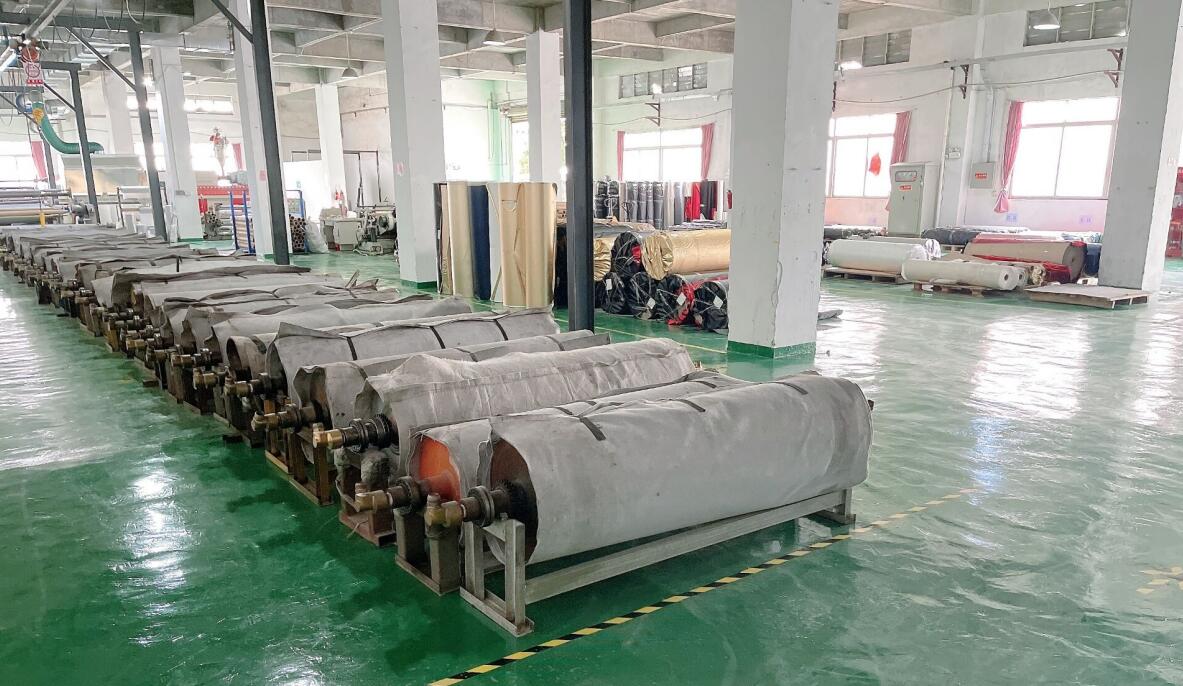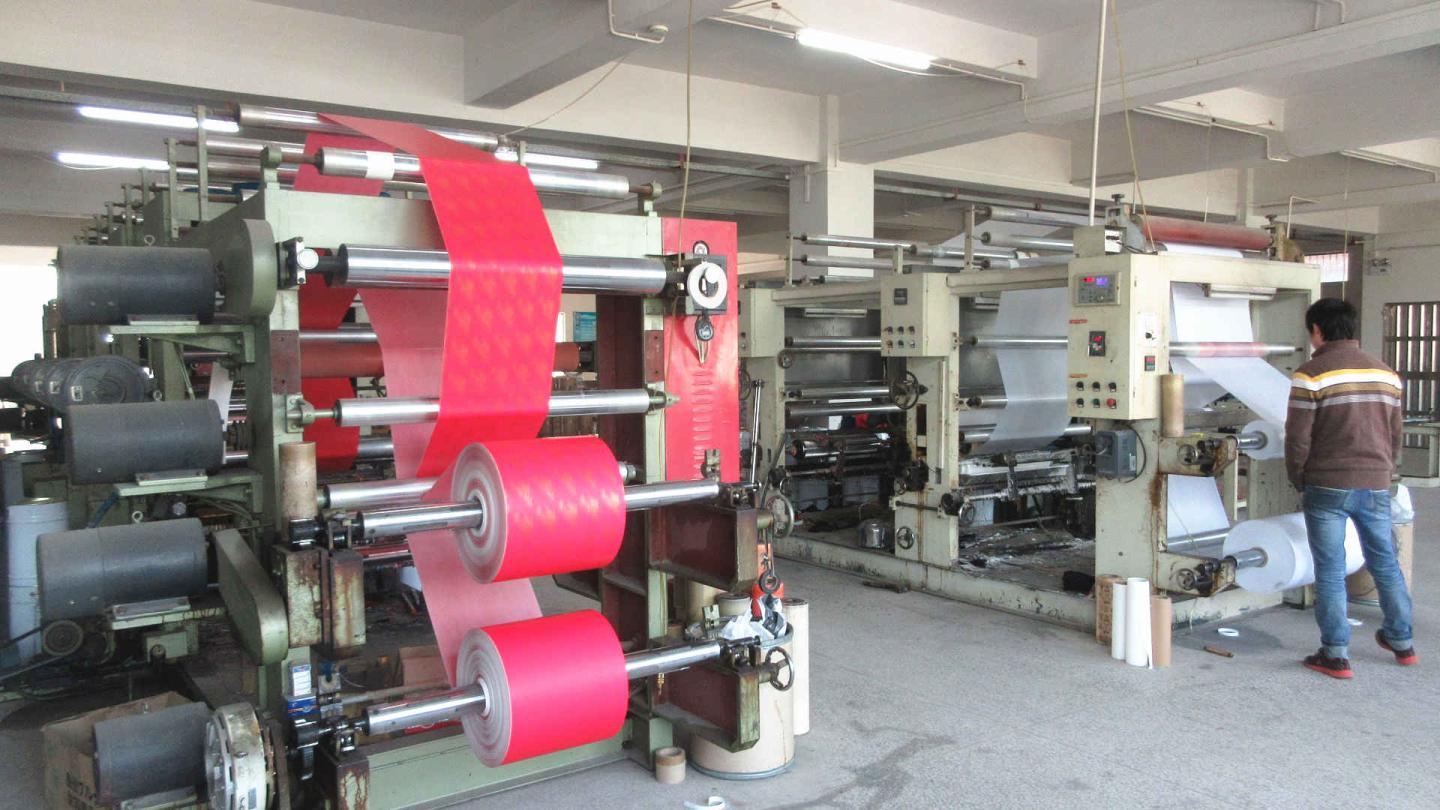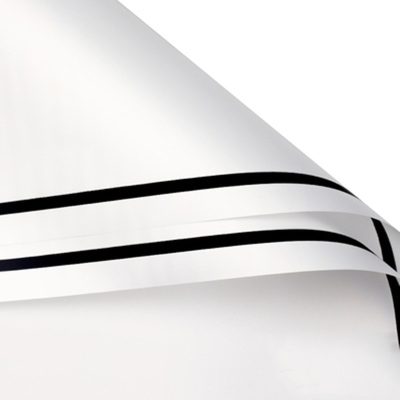
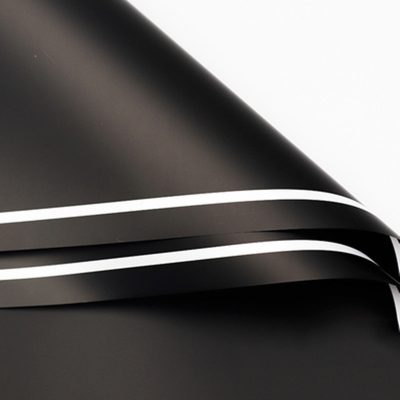
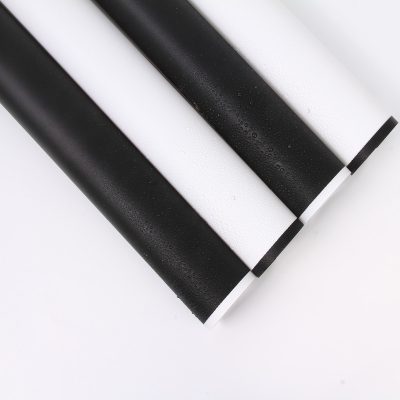
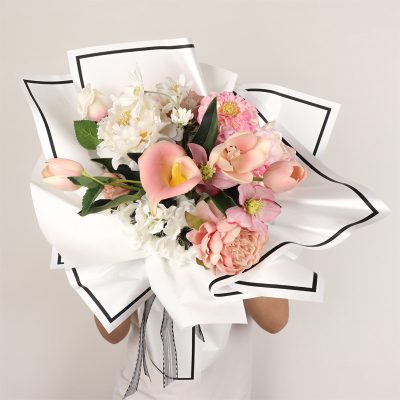
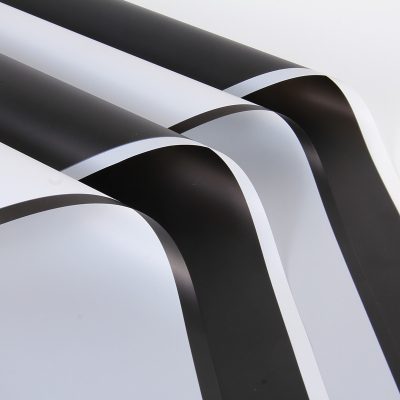

| Name | Cellophane Paper |
| Material | Plastic |
| Size | 10x30cm |
| Weight | 100g |
| Color | costomed |
| MOQ | 5 bags |
| Packing | 1pcs/bag |
| Sample | free charge of stock sample, shipping cost at customer side |
| Production Time | for sample 2-3 days, for order 15-35 days, depend on order quantity |
| Shipping Time | by air 5-7 days, by sea 25-30 days, depend on shipping line |
| Our Main Products | wedding and home decoration products:
chair cover, chair sash, table cloth, table runner, wedding backdrop, etc. |
Cellophane is a thin, transparent sheet made of regenerated cellulose. Its low permeability to air, oil, grease, bacteria and water makes it useful for food packaging. Cellophane is highly permeable to water vapor, but nitrocellulose paint can be applied to prevent this. In addition to food packaging, cellophane is used in clear pressure-sensitive tapes, pipes and many other similar applications. Unlike many other similar materials, cellophane is biodegradable. Its molecular chain has a wonderful micro-breathability, which allows commodities to breathe like eggs through the micropores on the egg skin, which is very beneficial to the preservation and preservation of commodities; it can absorb water in the garbage and be decomposed, so as not to cause environmental pollution. Widely used in commodity lining paper and decorative packaging paper. Its transparency makes people see the goods inside at a glance, and it has the properties of moisture-proof, water-proof, micro-breathable, heat-sealable, etc., which plays a good role in protecting the goods. Compared with ordinary plastic film, it has the advantages of no static electricity, dustproof, good kink and so on. Cellophane is available in white, colored, etc. Can be used as a semi-permeable membrane.
Cellulosic wood, cotton, hemp or other sources are dissolved in alkali and carbon disulfide to make a solution called viscose, which is then extruded through a slit into a dilute bath of sulfuric acid and sodium sulfate viscose to reconvert to cellulose. The film is then passed through several additional baths, one to remove sulfur, one to bleach the film, and another to add softening materials such as glycerin to prevent the film from becoming brittle. A similar method using holes (spinnerets) instead of slits can be used to make fibers called rayon. Chemically, cellophane, rayon, and cellulose polymers of glucose; they differ structurally rather than chemically. When placed between two plane polarizing filters, cellophane produces prismatic colors due to its birefringent properties. Artists have used this effect to create dynamic and interactive stained glass-like works.
